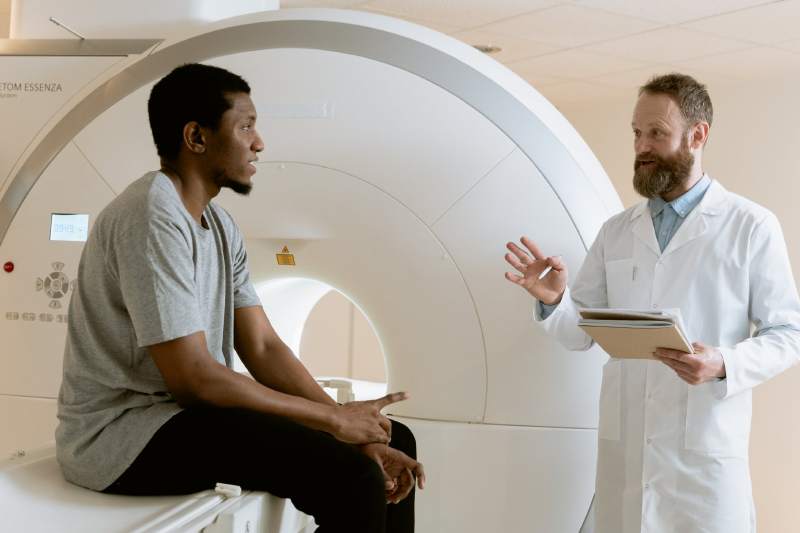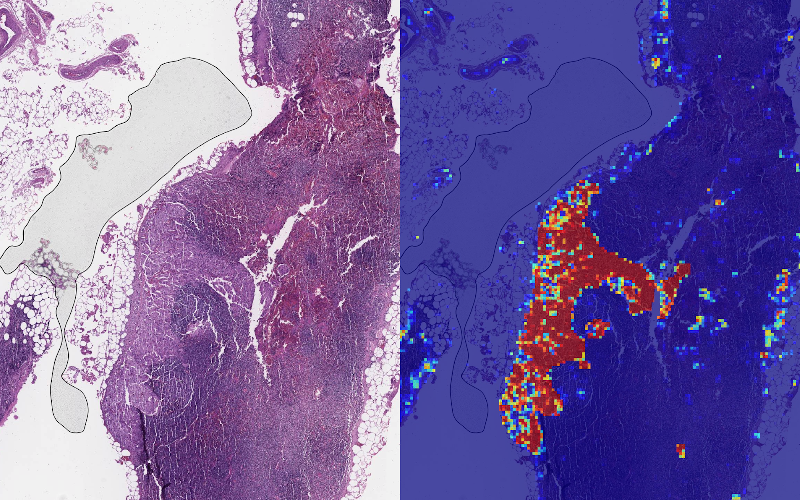
Here our Healthcare specialist at Loadbalancer.org, George Booth, explains what Artificial Intelligence means for advances in medical imaging.
The unique medical imaging data ecosystem
Medical imaging data – one of the richest sources of data about patients – is often very complex, and time-consuming to process and interpret.
There are diverse modalities, ranging from X-rays and MRIs to CAT scans and PET scans. So reading through all the types of medical images that come through a hospital's workflow is a major challenge – even for highly-experienced doctors and clinicians. Echocardiologists specialize in cardiac ultrasounds. Neurologists are trained to understand the results of an MRI – but neither expert could effectively do the others' role.
In addition, consider that there is a worldwide shortage of radiologists (as well as an increase in the number of scans being generated) - potentially resulting in diagnosis delays and compromised patient care.
AI: untapped potential
GE Healthcare points out that over 90% of healthcare data comes from medical imaging, while more than 97% of medical images end up undergoing zero analysis! That’s where AI comes in...
With an aging global population, and healthcare spend lagging, AI could completely transform how healthcare is delivered. There is massive potential for AI to improve the quality and efficiency of care delivery.
1. Better diagnosis of diseases
AI can dramatically increase levels of accuracy in detecting and diagnosing disease. For example, conventional mammogram screening misses 1 in 5 breast cancer cases. Whereas Google's AI-powered Lymph Node Assistant (LYNA) can detect breast cancer metastasis with 99% accuracy!
While human pathologists miss metastases as much as 62% of the time, AI algorithms evaluate exhaustively for extremely high accuracy. This could lead to earlier detection and treatment of breast cancer - saving lives and improving the treatment options for thousands of women.

2. Increased access to care delivery
AI enables anyone with a smartphone to potentially access advanced healthcare solutions. As such, it could help improve diagnoses and care plans in places where radiology is scarce – especially important for doctors and clinicians working in remote environments, and people living in the developing world.
And emerging Smartphone-based Imaging Devices (SIDs) develop this idea yet further, potentially bringing radiology to the masses.
3. Improved planning and workflow
70% of clinical directors of radiology departments in the UK feel that they do not have enough radiology consultants to deliver safe care. While the demand for CT and MRI scans is growing at 9% a year in the country, the radiologist workforce is 33% short-staffed.
In the UK, at any given time, it's estimated that there are over 300,000 radiographs that have been waiting more than 30 days to be read by a radiologist. By reducing delays in identifying and acting on abnormal medical images, AI could help improve workflow and efficiency in these scenarios. This is considered especially important in brain and chest imaging – where time is a critical factor.
What does the future look like?
Slowly but surely, more and more healthcare systems are trying out ways to implement AI in medical imaging, and provide compelling evidence of its effectiveness.
While the developments look encouraging, making the adoption of imaging AI an absolute reality will require collaboration from multiple stakeholders – including innovators, industry, healthcare delivery systems, government, payers, and regulators.
And IT departments will first need to work out how to harness it's potential within the especially complex and unique healthcare IT ecosystem, before clinicians and patients will start to see the benefits.
